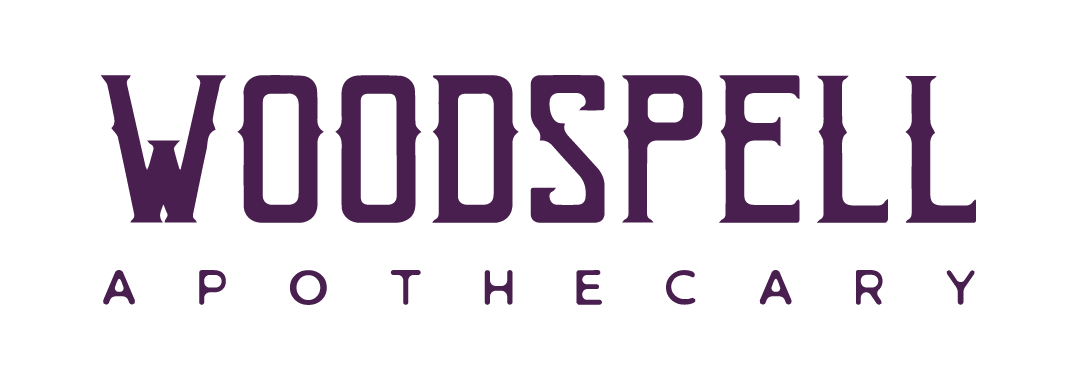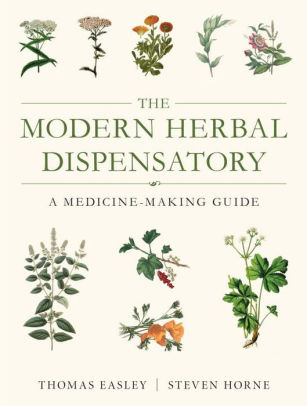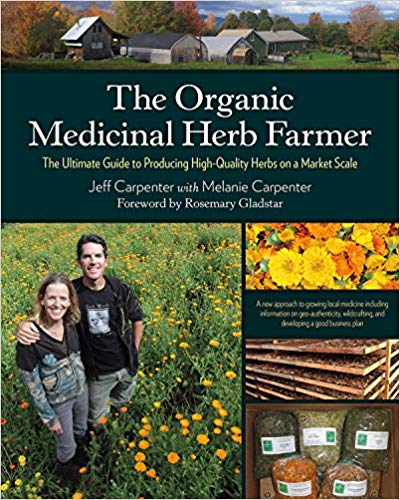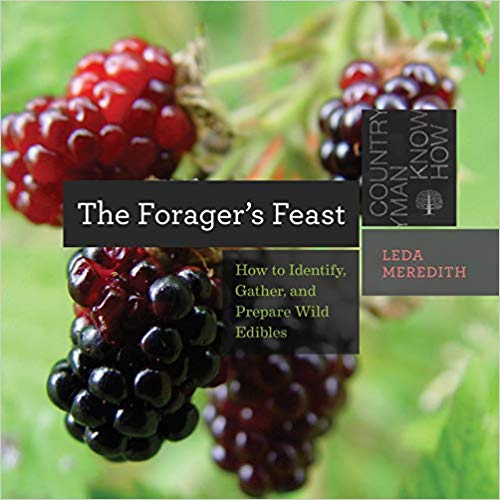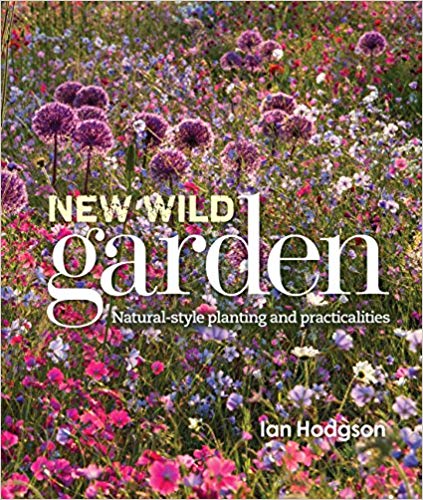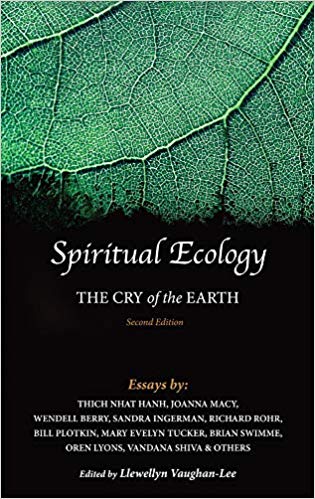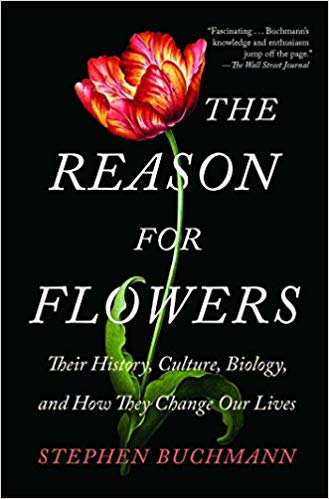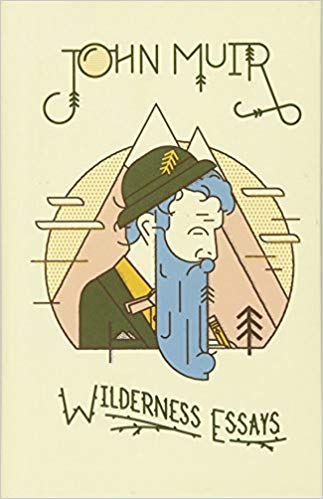Recommended Books for Herbalists and Plant People
Saying I’m a book nerd would be a bit of an understatement. When I moved from Michigan to Colorado and back again I sold everything except my books. My large, heavy, space engulfing book collection has followed me from city to city. I get asked about which books I recommend all the time so I decided to put together a list of my favorites for you all to indulge in as well.
Herbalism
The Herbal Medicine-Maker’s Handbook
Most herbal programs will recommend anyone in the herbal field have this book, and for good reason. This is a no non-sense book about how to make every herbal preparation imaginable from percolation tinctures to suppositories and flower essences.
The Modern Herbal Dispensatory
Thomas Easley is a common name in the herbal field and this book reflects his knowledge and authority within the community. Half the book goes over herbal basics, extraction techniques, and some sample formulas. The other half includes and in-depth description of dozens of medicinal herbs and their uses.
The Earthwise Herbal: A Complete Guide to New World Medicinal Plants
Another household name, Matthew Wood, has gathered a compendium of knowledge about North American herbs and their uses in this book. He goes over the “six tissue types” and goes in depth into each herb, describing its taste, specific indications, dosage, and precautions.
Gardening & Farming
There aren’t many books out there that talk about this forest approach to growing food and medicine. As the need for regenerative agriculture becomes more pressing, forest farming should be at the head of the movement. If you have a patch of woods, I highly recommend snagging this book. It gives detailed information about how to set up a forest farm, grow mushrooms and woodland medicinals, start a woodland nursery, raise animals in the woods, and more.
The art of biodynamic gardening and farming walks the line between the magical and practical. Designed to take into account the cosmic influences within our practices, this book gives a look into how we can start adopting biodynamic techniques in an easy to follow way. It is also beautifully designed and inspirational.
The Organic Medicinal Herb Farmer
Even if you’re not planning on becoming a full-on farmer, this book gives specific growing information for dozens of medicinal plants. They describe their ideal habitat, how to grow, medicinal uses, and harvesting and storing techniques. They also go over recommended equipment and how to lay out an herb growing production.
Rodale’s Illustrated Encyclopedia of Organic Gardening
This should be every gardener or farmer’s bible. At over 400 pages, this book tells you everything you need to know about nurturing an organic garden. Though not specific to herbs, it goes over soil care, weed control, garden pests, container gardening, garden plans, lawn care, propagating plants, and so much more.
Floret was the farm that inspired me to start herb farming. So of course when Erin released this book, I snatched it up right away. Let me tell you, it is GORGEOUS. Though it is specific to flowers, it can help any gardener get inspired. It also goes over what garden tasks to do at certain times of the year, plus techniques to grow flowers that can easily be transferred over to herbs.
Wildcrafting
This book is required reading for any beginning herbalist or wildcrafter. It goes over each of the plant families and gives a specific formula on how to identify these families out in the wild. Though this is a technical book, it is so important to be able to identify plants correctly and can help you to start seeing connections and relationships in the wild.
I found this book at a thrift store and was immediately obsessed. This book goes over collecting and processing techniques, plus many common wild edibles. With each plant listed, they provide absolutely delectable recipes to go with them.
Growing and Propagating Wild Flowers
Another used book find, I can’t believe this isn’t much more popular! Saving our own seeds from wild or cultivated plants can be a great way to save money and expand a population of native plants. This book goes over seed harvesting, storing, cleaning, and propagation techniques specific to wildflowers which can be more difficult than domesticated seeds. The author then goes over hundreds of native wildflowers and how to collect and cultivate their seed.
Midwest Medicinal Plants
Obviously this book is much more relevant if you live in the Midwest, but I believe there are also books from the same publishing company that go over plants from other areas of the United States as well. This is a straightforward book that goes over when and how to wildcraft common medicinal plants as well as how to make medicine with them.
For the Soul
This book is chocked full of drop-dead gorgeous photos. I think I might recommend this book more for the photos than for the actual information (which is also enlightening)! You’ll learn how to create a picturesque natural planting that is aesthetically pleasing and also beneficial for the environment and its wildlife.
This is THE book that changed my life. Or rather it opened my eyes to the interconnection of all things and helped me to find my purpose within it. Every soul on the planet should read this book. It is a collection of essays written by people from around the world relaying their understanding of the universe and the role of nature within it. I literally cried more than once reading it.
Starting out with the pure science of why it is flowers exist, this book goes deep into their purpose throughout history including flower medicine, the secret language of flowers, and edible flowers. If you love flowers, just read it.
There is something so satisfying about snipping some blooms and arranging them in a vase. Especially when the world closes in and even making medicine is too much. This book contains gorgeous photography and step-by-step instructions on how to create your own floral masterpiece.
One of the great poetic naturalist writers, John Muir brings us on a journey with him into the American West and Alaskan wild back in the early 1900’s. His breathtaking descriptions of these landscapes before they were tamed is nostalgic and inspiring.
